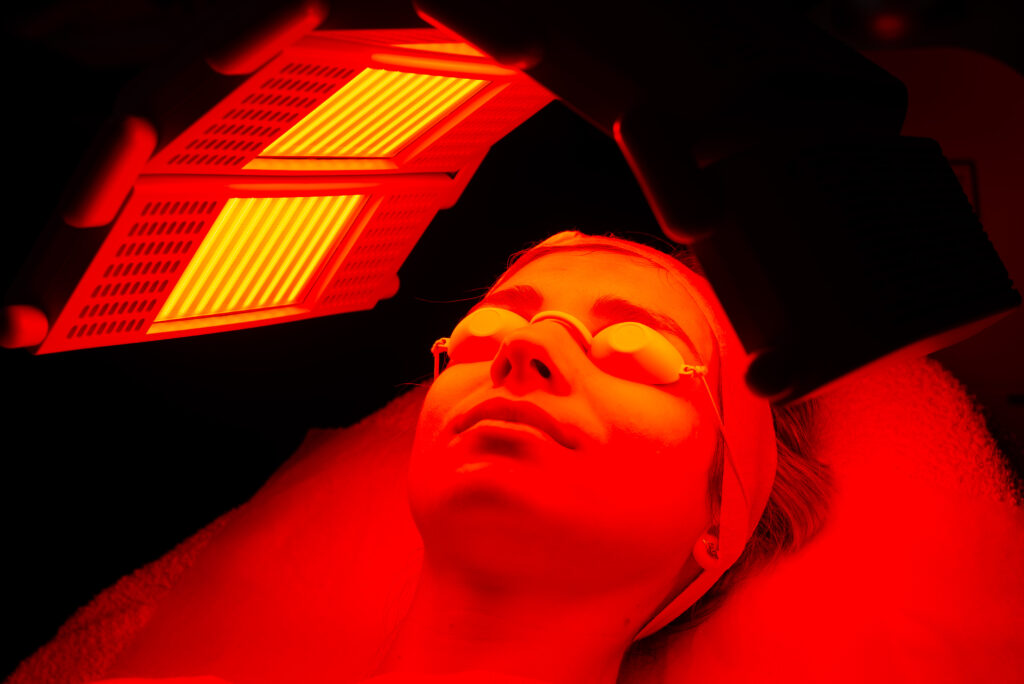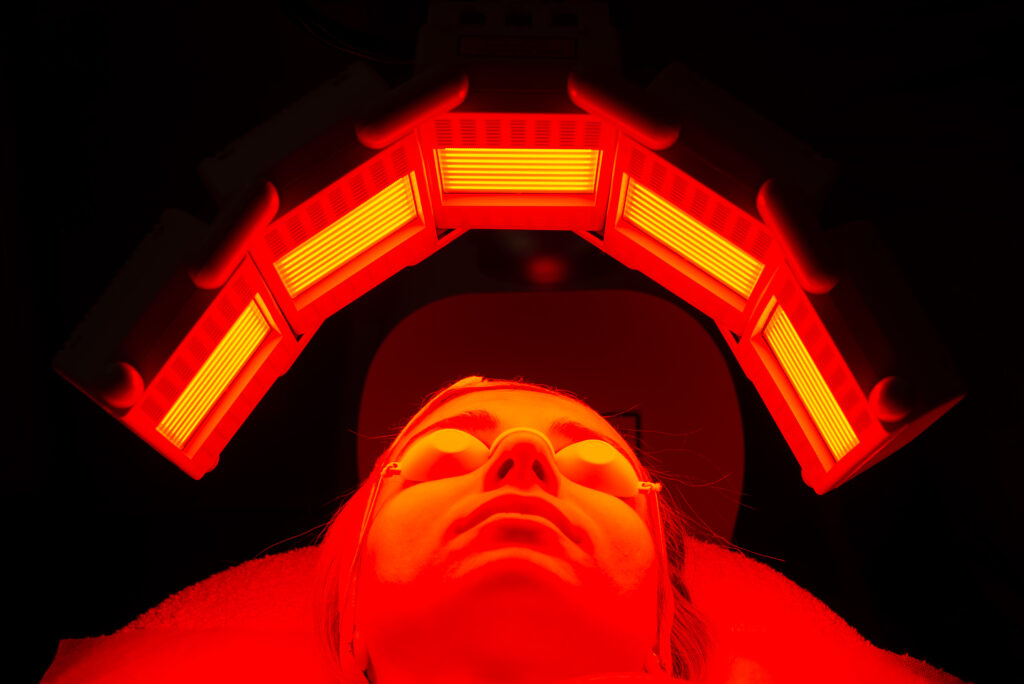
Photodynamic Therapy for Skin Cancer –
What is it and What to Expect
Everything You Need to Know About Daylight Photodynamic Therapy and LED Photodynamic Therapy
Here at Body Scan Skin Cancer Clinic on the Sunshine Coast in Buderim, our dedicated skin cancer doctors provide photodynamic light therapy to treat pre-cancerous spots (solar keratoses or actinic keratoses) as well as select, thin skin cancers.
We offer both light photodynamic therapy and LED photodynamic therapy. A consultation with one of our skin cancer doctors is required before booking for photodynamic therapy for skin cancer.
What is Daylight Photodynamic Therapy
Daylight photodynamic therapy is a single dose, non-invasive solar keratoses treatment used to treat solar keratoses on the face, ears, balded scalp, lips, neck and upper chest. It is not effective at treating other areas such as arms and legs.
This treatment can be a gentler, quicker alternative to prolonged treatments such as fluorouracil cream. Do not undergo solar keratoses treatment if you are pregnant, breastfeeding or have a light sensitivity disorder.
Bookings at our Sunshine Coast skin cancer clinic are only available between 8am and 2pm daily so that there is adequate time for sunlight exposure.


What is LED Photodynamic Therapy?
This treatment is similar to daylight photodynamic therapy except the 5-ALA cream is activated by red or blue light from a powerful LED light machine.
The pros include that it is not weather dependent and no sunscreen is needed. It can be used as a solar keratoses treatment to treat areas of solar keratoses anywhere on the body, and it can also be used to treat some thin types of skin cancers (2 doses required).
LED PDT therapy skin cancer treatment can be used to treat the following types of skin cancer (a biopsy required): squamous cell carcinoma in situ / intraepidermal carcinoma / Bowen’s disease, superficial and thin nodular basal cell carcinoma. The cure rate for these skin cancers is about 80%. If your cancer is not cured (doesn’t clear with treatment or grows back at a later stage) then an alternate treatment will be recommended, usually surgical excision.
Many people are comfortable to have their cancers cut out giving a >95% cure rate, and pathology results are provided and help confirm cure. LED photodynamic therapy for skin cancer is usually attractive for people who want to avoid a surgical scar on a cosmetic area such as the face or upper chest.